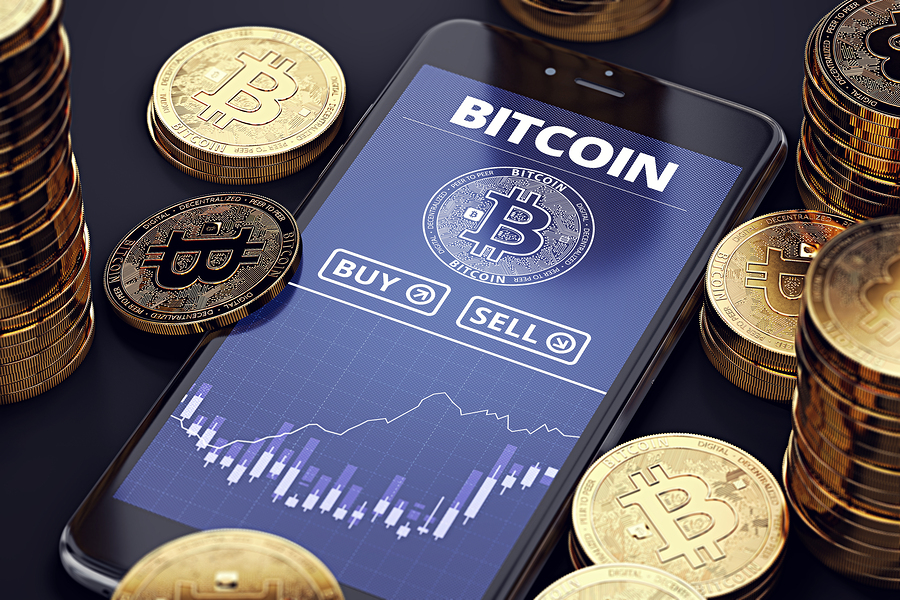Bitcoin Unveiled: A Comprehensive Guide to Buying, Storing, and Using the World’s Premier Cryptocurrency
Introduction:
Bitcoin, often referred to as “digital gold,” has captivated the financial world with its promise of decentralized and borderless currency. To become a part of this digital revolution, one must understand how to buy, store, and use Bitcoin securely. In this guide, we’ll navigate through the intricacies of acquiring Bitcoin, ensuring its safe storage, and exploring the myriad ways it can be used in the modern world.
Buying Bitcoin:
- Choose a Cryptocurrency Exchange: The first step in acquiring Bitcoin is to select a reputable cryptocurrency exchange. Popular choices include Coinbase, Binance, Kraken, and Bitstamp. These platforms allow you to buy Bitcoin with fiat currency, such as US dollars or euros.
- Create an Account: Sign up for an account on your chosen exchange. Be prepared to provide identification documents to comply with Know Your Customer (KYC) regulations, which are designed to prevent fraud and illegal activities.
- Link a Payment Method: Link your bank account, credit card, or payment method to your exchange account. This will be used to purchase Bitcoin.
- Place an Order: On the exchange, you can place an order to buy Bitcoin. You can choose between a market order (buying Bitcoin at the current market price) or a limit order (buying Bitcoin at a specific price).
- Secure a Wallet: Before your purchase, it’s essential to secure a cryptocurrency wallet. There are two main types: hardware wallets (the most secure) and software wallets (convenient but potentially less secure).

Storing Bitcoin Securely:
- Hardware Wallets: If you plan to hold a significant amount of Bitcoin, consider investing in a hardware wallet. These physical devices store your Bitcoin offline, making them highly secure from online threats.
- Software Wallets: Software wallets, including mobile apps and desktop software, are convenient for smaller amounts of Bitcoin. Ensure you choose a reputable wallet with strong security features.
- Paper Wallets: A paper wallet is a physical document that contains your Bitcoin’s public and private keys. It’s a secure way to store Bitcoin offline, but it must be kept safe from physical damage or theft.
- Multisignature Wallets: These wallets require multiple private keys to authorize a transaction, adding an extra layer of security.
Using Bitcoin:
- Online and In-Person Transactions: Bitcoin can be used to purchase goods and services online, and an increasing number of businesses accept it as payment. You can also use Bitcoin for in-person transactions through mobile apps and point-of-sale devices.
- International Remittances: Bitcoin’s borderless nature makes it an attractive option for international money transfers, as it can be faster and cheaper than traditional methods.
- Investment: Many people buy Bitcoin as an investment, hoping that its value will increase over time. This is similar to investing in stocks or other assets.
- Peer-to-Peer Transactions: You can use Bitcoin for peer-to-peer transactions, whether it’s paying friends or family or settling debts.
- Donations and Fundraising: Some charities and crowdfunding platforms accept Bitcoin donations, making it an accessible way to support causes you believe in.
Conclusion:
Bitcoin has established itself as a powerful force in the world of finance and technology. By understanding how to buy, store, and use Bitcoin, you can become part of this digital revolution. Whether you see it as an investment, a payment method, or a way to explore the world of decentralized finance, Bitcoin offers an array of possibilities, and with the right knowledge and precautions, you can safely and effectively integrate it into your financial life.